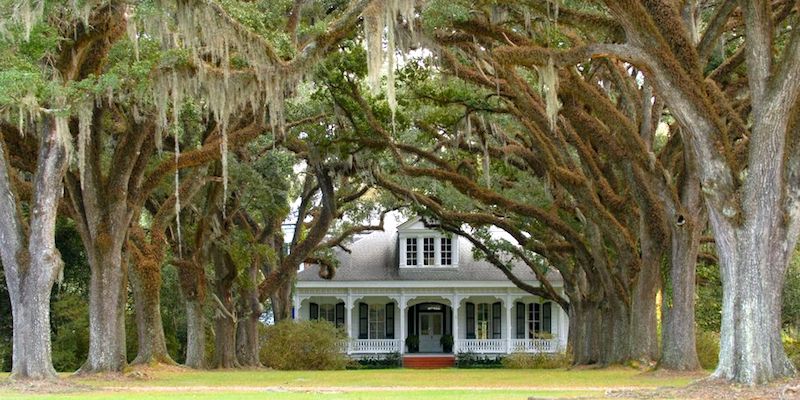Live oak trees are symbolic of New Orleans, but one federal survey found that the area of New Orleans covered by trees and shrubs declined by more than nine percent between 2005 and 2009.
What Every NOLA Home Buyer Should Consider About Trees on a Property
One important consideration that many people don’t make while they are buying a house in New Orleans is the type, quantity, and location of trees on a prospective property.
Live oak trees are symbolic of New Orleans, but one federal survey found that the area of New Orleans covered by trees and shrubs declined by more than nine percent between 2005 and 2009. The decline of an estimated 100,000 trees was due in large part to the devastation of Hurricane Katrina in 2005, but since the hurricane, the New Orleans Department of Parks and Parkways has begun a re-greening effort to replace the thousands of trees that were lost in the storm, and preserve thousands more through annual treatment and fertilization.
New Orleans is famous for tree canopies.
Large trees are a major part of the New Orleans aesthetic, and the city is famous for its live oaks, red oaks, and crepe myrtles. Placed correctly, they can reduce utility bills, clean the air, increase curb appeal, and add an estimated $1,000 to $10,000 to the value of a home, according to the Council of Tree and Landscape Appraisers. In addition to their visual appeal, trees also take on an environmental role in New Orleans by reducing the heat island effect of the semi-tropical climate and easing the pressure that rain run-off puts on drainage systems throughout the city. But trees can also bring about a host of problems, including rot issues, root problems, costly trimming expenses, bug infestations, and post-storm cleanup.
If you are looking for a home with a shady backyard in New Orleans, take note of these important considerations before you make an offer:
- According to Louisiana state law, cypress trees on any land within five feet above sea level cannot be cut down, even if they are on private property.
- The invasive roots systems of crepe myrtles can do great damage to a home’s foundation or plumbing.
- Planting bushes like azaleas up against a house makes it hard to inspect for termites, and may even entice the pests. Experts estimate that Formosan termites infect 20 – 25 percent of the trees in New Orleans, particularly in the French Quarter, and the city spends over $100 million a year on termite control. Regardless of what’s surrounding a foundation, it’s always wise to get a termite inspection on a home you’re interested in buying.
City Regulations Regarding Trees
New Orleans has ordinances regulating the treatment of trees rooted in public property or rights-of-way, including the green spaces between sidewalks and curbs. In the event that such trees require pruning, state-licensed arborists must be hired to do so, and penalties are assessed if trees are damaged. Trees can only be removed if they:
- Pose a hazard, as determined by a qualified arborist.
- Are planted too close to an existing structure.
- Are damaging paved areas or sewer and plumbing lines.
- Are diseased or infested by pests.
- Are damaged and cannot recover and grow properly.
- Are scheduled for removal by the City Planning Commission.
And because the roots of a live oak tree expand out approximately as far underground as the branches reach out above, experts do not recommend building structures or even parking large vehicles under the canopy of a large tree.
Are you looking for a New Orleans real estate agency that will help you find the perfect, shady New Orleans home? Contact the experienced agents at Satsuma Realtors to discuss your real estate investment goals and let us create a custom-tailored search to simplify your house hunting.
